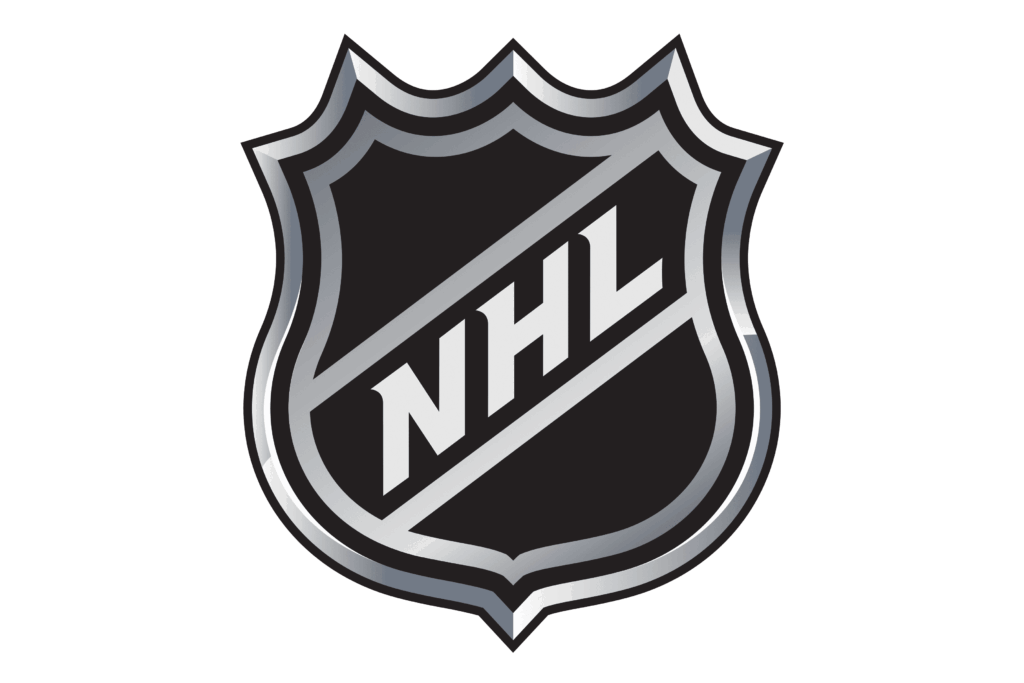A New Era in Boston
For two decades, the Boston Bruins were the NHL’s gold standard. Patrice Bergeron, David Krejci, Brad Marchand, and Zdeno Chara built a culture of consistency that delivered a Stanley Cup in 2011 and kept Boston in contention year after year.
Now, in September 2025, that era is officially gone. Bergeron, Krejci, and Chara have retired. Marchand, Coyle, Carlo, and Frederic were dealt at last year’s trade deadline, when GM Don Sweeney pulled the plug on a collapsing roster. What’s left is a team in transition: David Pastrnak still elite, Charlie McAvoy returning healthy, Jeremy Swayman trying to reset, and a group of new additions led by Tanner Jeannot and Viktor Arvidsson.
The question heading into 2025-26 is whether this is a fast retool or the start of a deeper rebuild.
Pastrnak’s Burden
David Pastrnak is now the franchise. He scored 106 points last season, carrying nearly half of Boston’s offense. Already a relentless shooter, “Pasta” has become a top-tier playmaker as well, posting 60+ assists in consecutive years.
But the Bruins are walking a fine line: if Pastrnak isn’t producing, their scoring dries up. His partnership with Morgan Geekie provided life — Geekie posted career highs with 33 goals and 57 points, earning a contract that runs through 2031 alongside Pastrnak. Whether Geekie can sustain his 22% shooting rate is another question.
Elias Lindholm also struggled in his first season (47 points), but when finally paired with Pastrnak and Geekie, the line dominated possession. New coach Marco Sturm will likely keep them together to start camp.
Secondary Scoring and Rumors
Beyond that top line, the depth is shaky. Pavel Zacha and Casey Mittelstadt are in the spotlight but also in the rumor mill. Both names have surfaced in trade chatter, as Boston weighs whether to reshape the middle six before the season even starts.
If they stay, Zacha’s two-way play and Mittelstadt’s vision will be tested. They could slot alongside Viktor Arvidsson, Boston’s other big summer addition after a stint with Edmonton. Arvidsson’s scoring dipped last year (15 goals), but he remains a hard-working winger who can help drive play.
The bottom six has been retooled with Tanner Jeannot, Sean Kuraly, and Mikey Eyssimont. They add grit and forechecking but little offense — none scored 10 goals or 20 points last year. That means Boston’s blueline must chip in more.
McAvoy Returns: The Defensive Anchor
Boston’s defensive hopes rest on Charlie McAvoy. After missing nearly all of last season following an injury at the 4 Nations, he returns eager to prove himself again as one of the league’s top two-way defensemen.
Pairing him with Hampus Lindholm gives the Bruins a legitimate top pair. Together, they outscored opponents 39–20 at 5-on-5 from 2021–24. If both stay healthy, Boston’s 26th-ranked defense from last year will improve significantly.
Supporting them:
- Nikita Zadorov, whose physical style and +25 rating were rare bright spots.
- Henri Jokiharju, a puck mover who arrived late last season.
- Mason Lohrei, no longer a rookie after 41 games last year, remains an important piece but needs shelter after posting a -43 rating.
With McAvoy back, Lindholm looking for a bounce-back, and Zadorov establishing himself as a top-four regular, the Bruins’ core four on defense looks sturdier than it has in years.
Between the Pipes: Swayman’s Reset
Jeremy Swayman’s season went off the rails in 2024-25. A contract holdout, a heavy workload, and a team collapsing in front of him contributed to a career-worst .892 save percentage.
Still, Boston is banking on a reset. Before last season, Swayman’s career SV% was .919. He looked sharper for Team USA at the World Championship, proving he can bounce back. The key will be usage. Instead of 58 games, keeping him around 50 might maximize his performance.
That puts pressure on Joonas Korpisalo, who returns for year two in Boston. He was steady but unspectacular last season, though goalie coach Bob Essensa has revived careers before. A 60/40 split could benefit both.
Coaching Change: Sturm’s Challenge
Jim Montgomery’s firing last November was the first crack. Don Sweeney and Cam Neely doubled down this summer, hiring Marco Sturm as head coach. A former Bruin, Sturm built his résumé with Germany’s national team and the AHL Ontario Reign before assisting with the Kings.
Sturm emphasizes five-man defense and accountability. That fits Boston’s roster — heavy on grinders, light on skill. But whether he can coax more scoring from a limited group remains to be seen.
He inherits a staff led by Essensa in goal and Jay Leach on defense, with Steve Spott tasked with fixing a power play that limped to 15.2%.
Rookies to Watch
Boston’s prospect pool isn’t deep, and that makes the few names pushing for roster spots even more important.
- Matt Poitras – After a year of development, Poitras is one of the only young forwards expected to play a full-time NHL role this season. His creativity and poise give the Bruins a much-needed playmaking option down the middle.
- Fraser Minten – Physical and reliable in both zones, Minten is also NHL-ready. He’ll battle for a bottom-six spot and has the tools to carve out a long-term role.
- Fabian Lysell – Once viewed as Boston’s next big winger, Lysell hasn’t put it together yet. Unless he shows more consistency in camp, he’ll likely open in Providence.
- Dans Locmelis – His strong showings at UMass and in international play have raised his stock, but he’ll need to prove he can handle the pace and strength of NHL competition.
The real headline is James Hagens, Boston’s 7th overall pick in 2025. Returning for his sophomore season at Boston College, Hagens is already seen as a potential first-line center of the future. If his development stays on track, the Bruins could bring him into the fold next April.
The truth is, this is a team that needs more assets in its pipeline. The good news? Boston owns two first-round picks in each of the next two NHL Drafts, giving them a chance to replenish their prospect base quickly.
Rebuild, Retool, or Reset?
Boston’s path forward is murky. Last trade deadline, Sweeney tore the team down — Marchand, Carlo, Coyle, Frederic, and Justin Brazeau were all shipped out for assets. The goal now is to retool quickly around Pastrnak, McAvoy, Lindholm, and Swayman.
But with Zacha and Mittelstadt already in trade rumors, and veterans like Lindholm, Zadorov, and Arvidsson on movable deals, Boston could pivot again if things go south. A fast start would buy Sturm and Sweeney time. A slow one could trigger another wave of trades by December.
Prediction: A Team to Watch
The Bruins are no longer the juggernaut of the Bergeron–Chara era, but they aren’t a lost cause either. In Pastrnak, McAvoy, Lindholm, and Swayman, they still have the core of a playoff team. Add Jeannot’s grit, Arvidsson’s experience, Eyssimont’s energy, and a healthy McAvoy, and Boston could surprise.
The key will be on defense. With Hampus Lindholm returning from injury and looking for a bounce-back season, and Nikita Zadorov bringing size and physicality, Boston’s top-four suddenly looks more reliable. If that group stays intact, it gives Sturm a foundation to lean on while the offense tries to find its rhythm.
But the margin for error is thin. The Atlantic Division remains one of the toughest in hockey, and the Bruins can’t afford another slow start. Don Sweeney proved at last year’s deadline he isn’t afraid to make bold moves, and it wouldn’t be a shock to see him act early again if this group stumbles out of the gate.
Either way, the Bruins are a team to watch — whether they claw back into the playoff race or sink deeper into transition.
–



